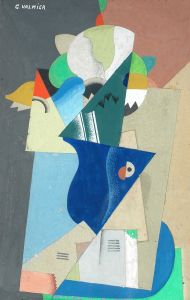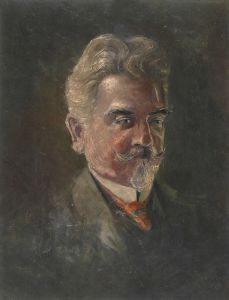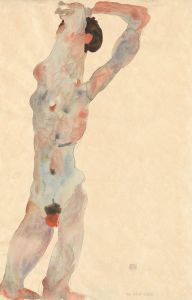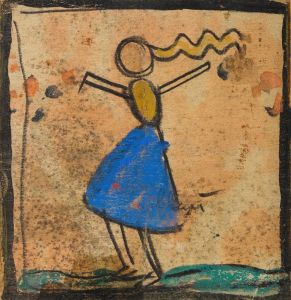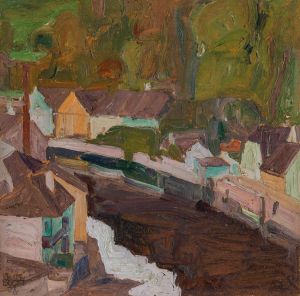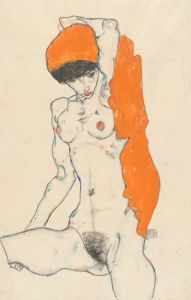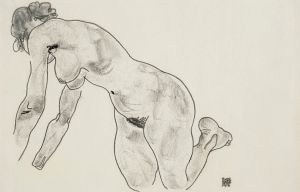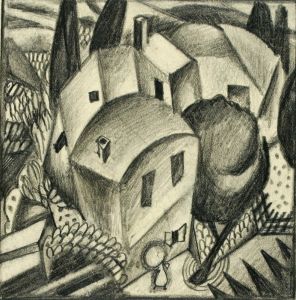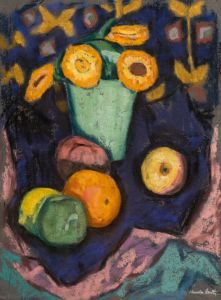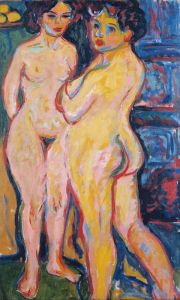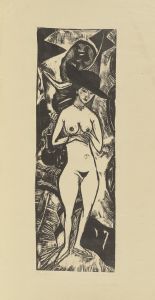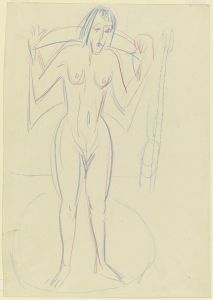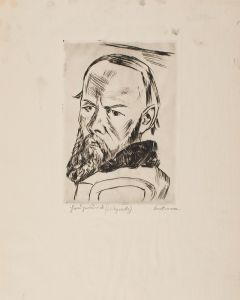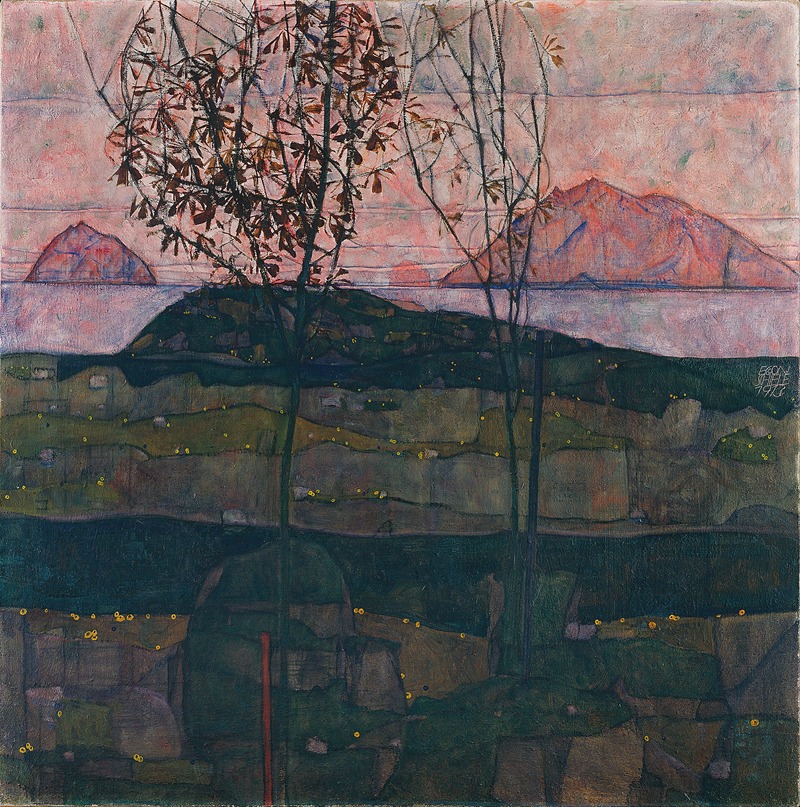
Setting Sun
A hand-painted replica of Egon Schiele’s masterpiece Setting Sun, meticulously crafted by professional artists to capture the true essence of the original. Each piece is created with museum-quality canvas and rare mineral pigments, carefully painted by experienced artists with delicate brushstrokes and rich, layered colors to perfectly recreate the texture of the original artwork. Unlike machine-printed reproductions, this hand-painted version brings the painting to life, infused with the artist’s emotions and skill in every stroke. Whether for personal collection or home decoration, it instantly elevates the artistic atmosphere of any space.
Egon Schiele's "Setting Sun" is a notable work by the Austrian Expressionist painter, created in 1913. Schiele, known for his intense and often provocative style, was a prominent figure in early 20th-century art, and his works are characterized by their raw emotional intensity and innovative use of color and form. "Setting Sun" exemplifies these qualities and reflects Schiele's unique approach to landscape painting.
The painting depicts a dramatic and vivid sunset, with the sun depicted as a large, glowing orb descending towards the horizon. The sky is rendered in vibrant hues of orange, red, and yellow, creating a striking contrast with the darker tones of the landscape below. Schiele's use of bold colors and dynamic brushstrokes captures the transient beauty and emotional power of the natural scene, a hallmark of his expressionist style.
In "Setting Sun," Schiele employs a composition that emphasizes the vastness of the sky and the smallness of the earthly elements, which are depicted in shadowy silhouettes. This approach not only highlights the grandeur of nature but also conveys a sense of introspection and existential contemplation, themes that are recurrent in Schiele's work. The painting's composition and color palette reflect the influence of both the Symbolist movement and the Vienna Secession, of which Schiele was a part.
Egon Schiele was a protégé of Gustav Klimt, and his work often reflects the influence of his mentor, particularly in the use of color and the exploration of psychological depth. However, Schiele's style is distinctively his own, marked by a more raw and visceral approach. His landscapes, including "Setting Sun," often convey a sense of isolation and emotional intensity, reflecting his personal struggles and the broader existential concerns of the time.
"Setting Sun" was created during a prolific period in Schiele's career, a time when he was exploring themes of mortality, sexuality, and the human condition. This period was marked by both personal and professional challenges, including a brief imprisonment in 1912 on charges of public immorality, which deeply affected his outlook and work. Despite these challenges, Schiele continued to produce a significant body of work that has had a lasting impact on modern art.
The painting is part of Schiele's broader exploration of landscapes, which, while less numerous than his figurative works, are nonetheless significant in understanding his artistic vision. Schiele's landscapes often convey a sense of tension and unease, reflecting his interest in the psychological and emotional dimensions of the natural world.
Today, "Setting Sun" is recognized as an important example of Schiele's landscape painting and is appreciated for its emotional depth and innovative use of color. Schiele's work, including this painting, continues to be celebrated for its contribution to the Expressionist movement and its influence on subsequent generations of artists. His ability to convey complex emotions through his distinctive style ensures that his work remains relevant and impactful in the contemporary art world.





